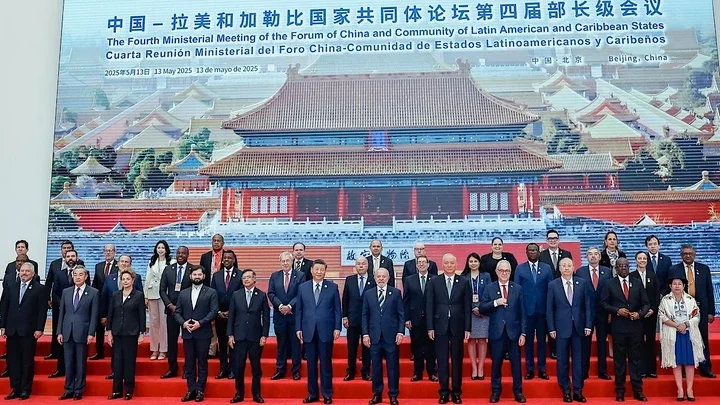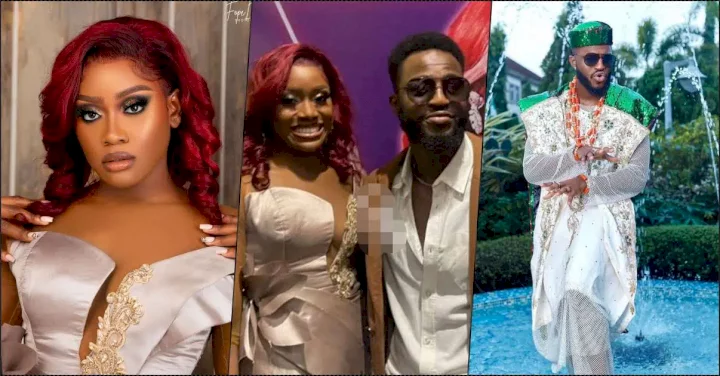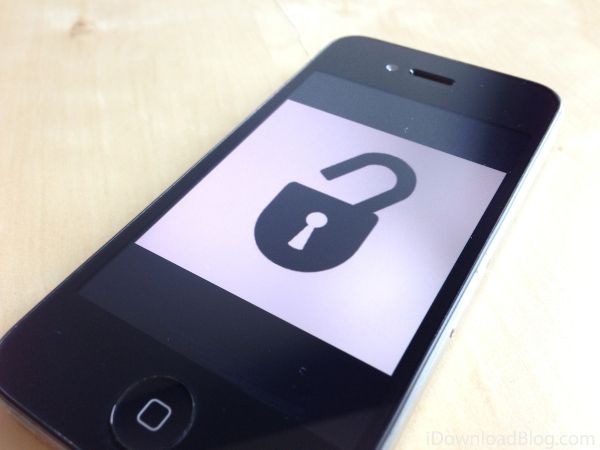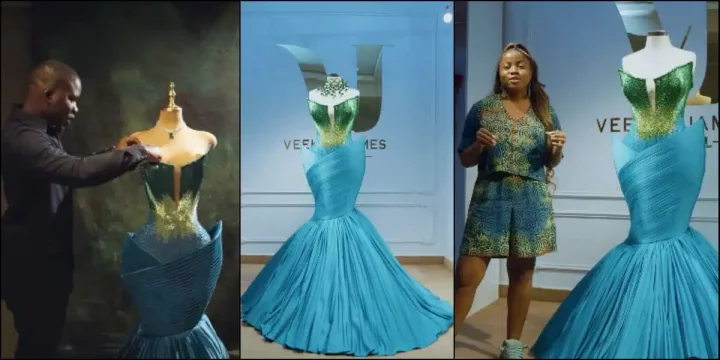![A drag queen who identifies as a transgender [Pinterest] A drag queen who identifies as a transgender [Pinterest]](https://static.netnaija.com/i/r9KYzzR17q6.webp)
In the past, society's understanding of gender, and the way God created humans, was confined to a rigid binary with just two checkboxes: male and female.
Now, many people are firm in their belief that gender is a spectrum and that there are many different ways to identify and express one's gender identity outside the traditional male and female to which we have all been accustomed.
The gender identity bracket has expanded to include a whole other range of terms used to describe gender. This can be blamed on a number of factors, including the increasing visibility of LGBTQ+ people.
Although not as popular or accepted in Nigeria, there are a number of reasons why these people might choose to identify with a gender that is different from the sex they were assigned at birth. Some may feel that their gender identity does not align with their physical body, while others may feel that they are not defined by traditional gender roles.
These differences have birthed a lot of gender terminologies, as many people believe that since they do not fall under the category of male or female, there must be a term for what they identify as, resulting in the creation of numerous gender terms.
Please note that the terms are inexhaustive and this article would only cover 21 of the many gender terms.
That said, here is a list of 21 common gender identity and expression terms, in alphabetical order:
Agender: A person who does not identify with any gender. They may feel entirely genderless or neutral.
Androgynous: A person who possesses a mix of both masculine and feminine characteristics and expresses their gender in a way that is not traditional.
Bigender: A person who identifies as two genders, either simultaneously or at different times.
Cisgender: A person whose gender identity matches the sex they were assigned at birth.
Demiboy/Demigirl: A person who partially identifies as male or female, respectively, while also feeling a connection to other gender identities.
Gender bender: A person who dresses up and presents themselves in a way that defies societal expectations of their gender, especially as the opposite sex
Genderfluid: A person whose gender identity changes over time. They have no fixed gender.
Gender non-conforming: A person whose gender expression does not conform to traditional gender roles or their assigned gender at birth.
Genderqueer: A person who identifies with a gender identity that is not male or female, often involving a mix or fluidity of genders.
Gender dysphoria: A person who feels uncomfortable or distressed because their gender identity does not match the sex they were assigned at birth.
Gender questioning: A person exploring and contemplating their gender identity.
Intersex: A person who is born with sex characteristics (such as genitals, chromosomes, or hormone levels) that do not fit neatly into the binary categories of male or female.
Neutrois: A person who identifies as having a neutral gender or feeling genderless.
Non-binary: A person who does not identify with the binary genders of male and female.
Pangender: A person who identifies with all genders.
Polygender: A person who identifies with multiple genders.
Pansexual: A person who is attracted to individuals regardless of their gender identity or biological sex.
Transgender: A person whose gender identity does not match the sex they were assigned at birth.
Transsexual: An older term for transgender people who medically transition to affirm their gender identity.
Tumtum: Tumtum is a Hebrew term meaning "hidden." It refers to a person whose sex is unknown because their genitalia are hidden, undeveloped, or difficult to determine.
Two-spirit: A Native American term for people who identify with a gender that is not male or female.
















Comments